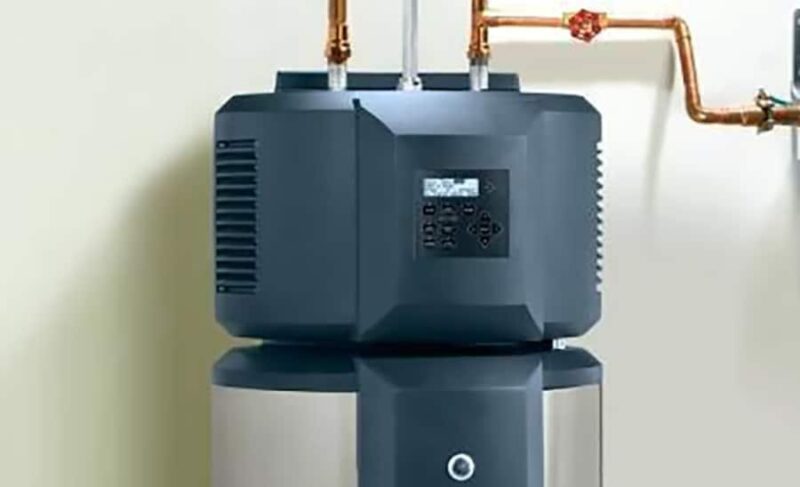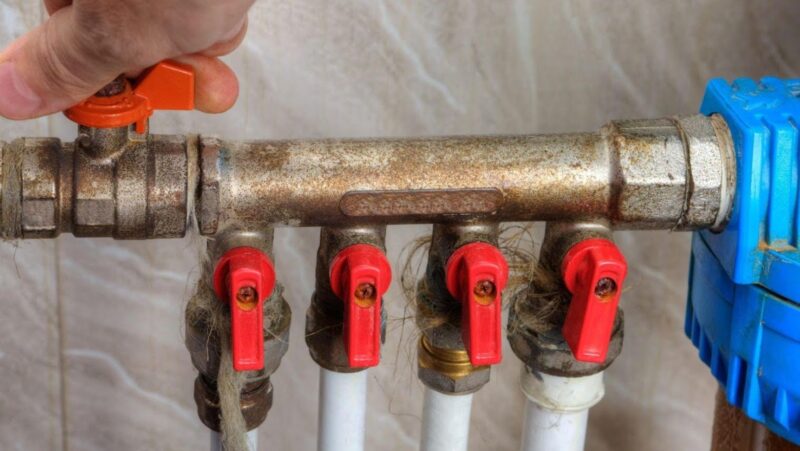
In today’s world, food processors and mixers have become an integral part of any home kitchen, simplifying the cooking process and ensuring fast and efficient mixing, chopping, and whipping. However, like any technical device, they are subject to wear and tear and may require repair from time to time.
This article is dedicated to providing useful tips for repairing household food processors and mixers. You will learn about the common problems that owners of these devices may encounter, get comprehensive information on how to fix these problems on the spot or contact a professional for help.
Common Problems with Food Processors and Mixers
A variety of problems can occur with household food processors and mixers that limit their efficiency and functionality. Some of the most common problems include:
- Motor stall: Can be caused by overheating, contamination, or damaged electrical contacts.
- Noise or knocking during operation: This may indicate wear or fatigue of bearings or other moving parts.
- Malfunctioning power on/off: Causes can range from switch problems to electrical or mechanical failures.
- Fluid leakage or water intrusion: This can damage electrical components and lead to corrosion.
- “Uneven operation or failure to turn on”: May be due to electrical or mechanical problems such as damaged wires or belts.
Causes of Breakdowns of Food Processors and Mixers
There are several common causes that can lead to these problems:
- Wear and tear of elements: Constant use can cause wear and tear on moving parts such as bearings, belts and chains.
- Misuse: Rough handling or improper use of the device may cause damage.
- Lack of maintenance: Insufficient or no regular maintenance can lead to an increased likelihood of breakdowns.
- Poor quality materials or workmanship: Cheap or poor quality materials and workmanship can lead to early failure of the device.
Preparing to Repair Small Kitchen Appliances
Before you start repairing, it is important to ensure you have the right tools and materials. This may include sanding tools, cutters, wrenches, electrical switches, electrical tests, and spare parts that may be needed during the repair.
Before you start repairing, it’s important to check if your device is covered by a warranty. If so, you may want to contact the manufacturer or an authorized service center. Otherwise, if you are confident in your knowledge and skills, you can do the repair yourself with the materials and tools you have available.
Disassembling and Diagnosing Small Kitchen Appliances
Before you start repairing a food processor or mixer, it is important to perform the disassembly in the correct sequence to avoid additional damage and to ensure that problems are identified effectively. Typically, the disassembly sequence may include the following steps:
- Disconnecting the power: Make sure the product is turned off and disconnected from the power source.
- Remove accessories: Remove all optional parts such as blades, mixing bags, cutting blades, etc.
- Use the appropriate tools to remove the bolts, screws, or clamps that hold the unit housing together.
- Disassembling the chassis: Separate the device chassis into its major component parts, such as the top and bottom, to gain access to the internal components.
Once the device is disassembled, it is important to perform diagnostics and identify the underlying issues. This may include the following steps:
- Visual inspection: Carefully inspect all parts of the device for signs of wear, damage, or fluid leakage.
- Check connections: Check all connections and pins for separation or corrosion.
- Testing Functionality: Turn on the unit and perform a test run to determine which specific functions are working or not working properly.
- Electrical System Check: Verify that electrical components such as motors, switches, and wires are working properly and do not need to be replaced or repaired.
Recommendations for Proper Use
To avoid frequent problems with food processors and stand mixers, the following guidelines for proper use should be observed:
- Read the instructions: Before using the appliance, carefully read the manufacturer’s instructions for proper installation, use and maintenance.
- Do not overload the appliance: Avoid overloading your food processor or mixer as this can cause the motor to overheat and other performance problems.
- Use the correct accessories: Use only the appliance parts recommended by the manufacturer and do not use damaged or incompatible parts.
- Avoid connecting to an overvoltage: Do not connect the unit to an over-voltage power supply as this may damage the electrical components.
Regular Maintenance
Regular maintenance is recommended to keep the device in good working order and prevent problems:
- Cleaning and lubrication: Regularly clean and lubricate the moving parts of the device, such as blades and bearings, to avoid wear and tear and ensure smooth operation.
- Checking electrical connections: Periodically check the condition of electrical connections and wires, and replace old or damaged wires.
- Sharpening maintenance: Keep the blades sharp for efficient cutting and mixing by sharpening them regularly and securely as needed.
- Performing Preventive Maintenance: Perform preventive maintenance checks on the unit from time to time to identify potential problems and prevent them before they become serious.
Conclusion
In this article, we’ve covered a number of tips and tricks for repairing household food processors and mixers. With the right approach to disassembling, diagnosing problems, and repairing specific breakdowns, users can effectively restore the functionality of their devices and extend their service life.
The importance of proper use and regular maintenance is emphasized to prevent problems from occurring. Following these simple tips will help keep your devices in good working order for a long period of time.
It is also important to remember that in some cases, it is better to contact a specialist or authorized service center for more complex repairs. However, thanks to the skills and these tips, many problems can be solved on your own, which will save you time and money.
In general, taking good care of your appliances and managing their maintenance properly will ensure that users enjoy trouble-free operation of their food processors and mixers for many years.





